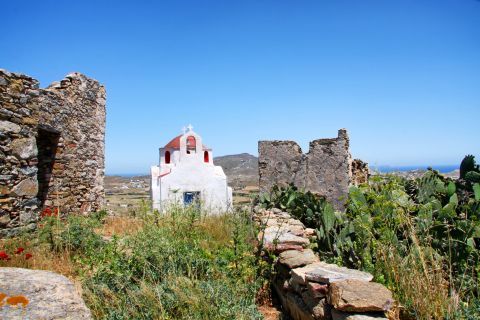Mykonos Archaeological Museum
Photos by Greeka Members
Photos by Greeka Team
Map
Reviews
-
Liset 28 Aug 2022Nice little archeological museumLittle archeological museum. Nice if you are interested in Greek history. Otherwise skip it.
Interesting temporary exhibition on the Greek revolution.






